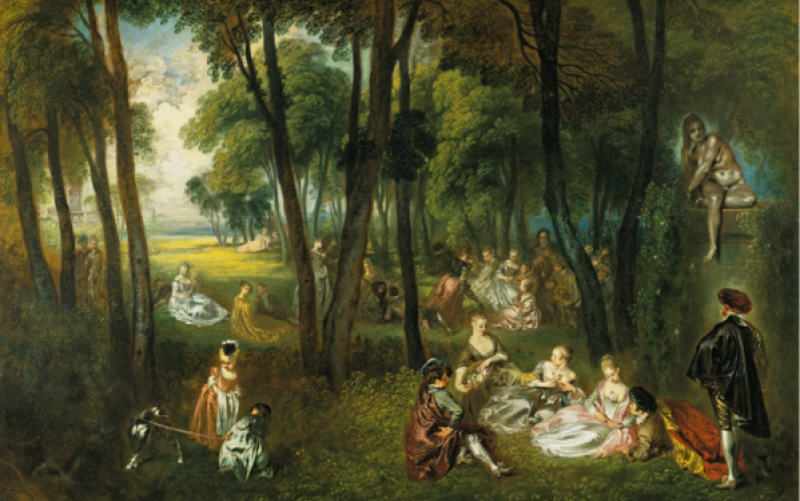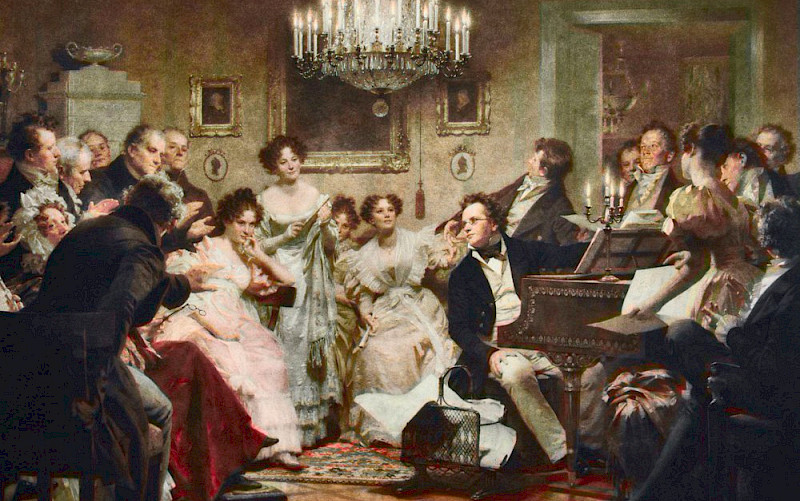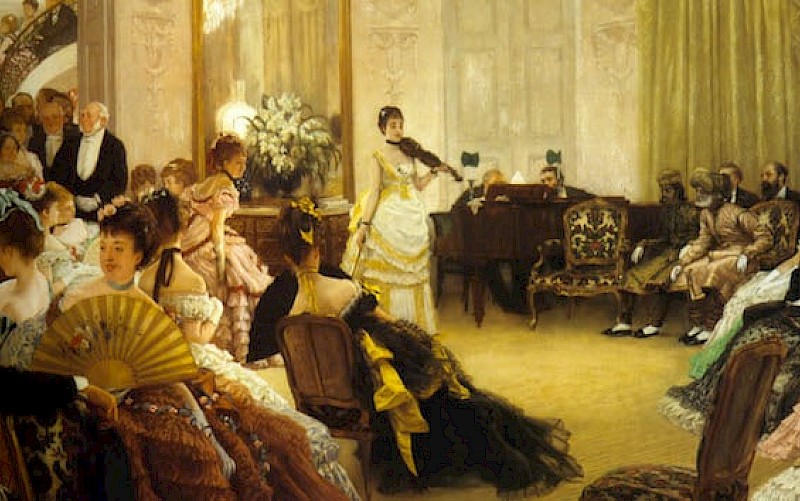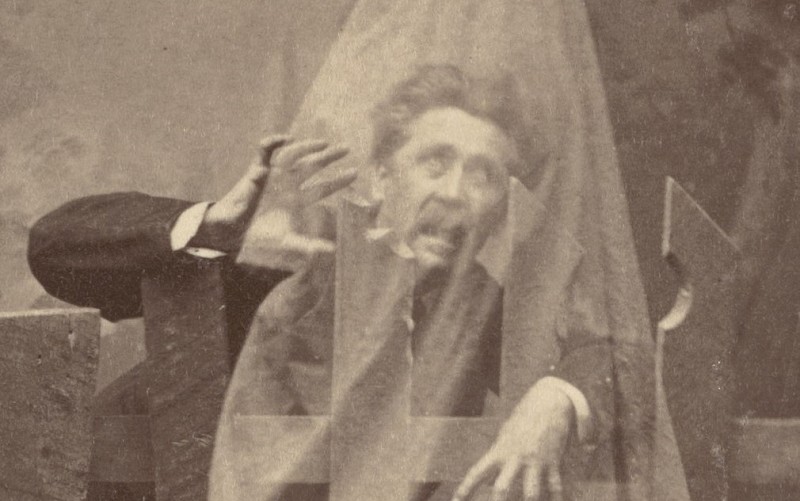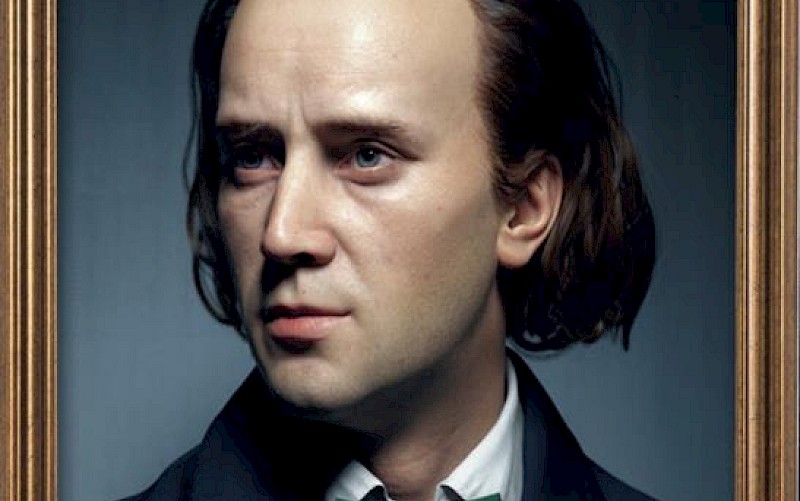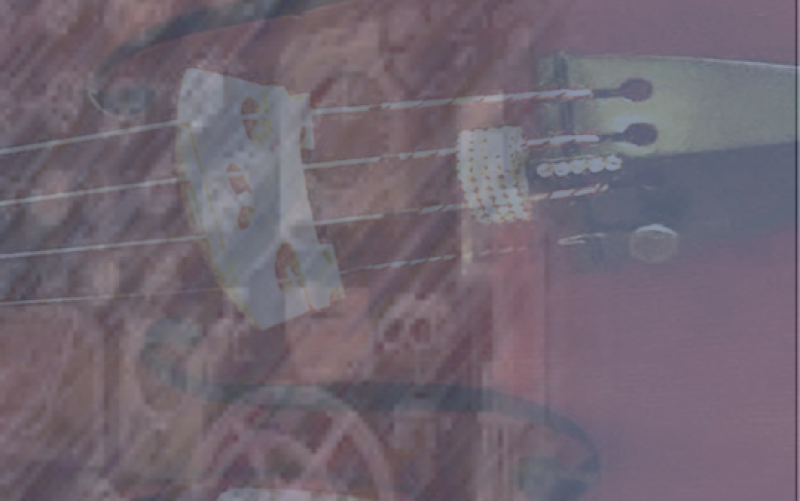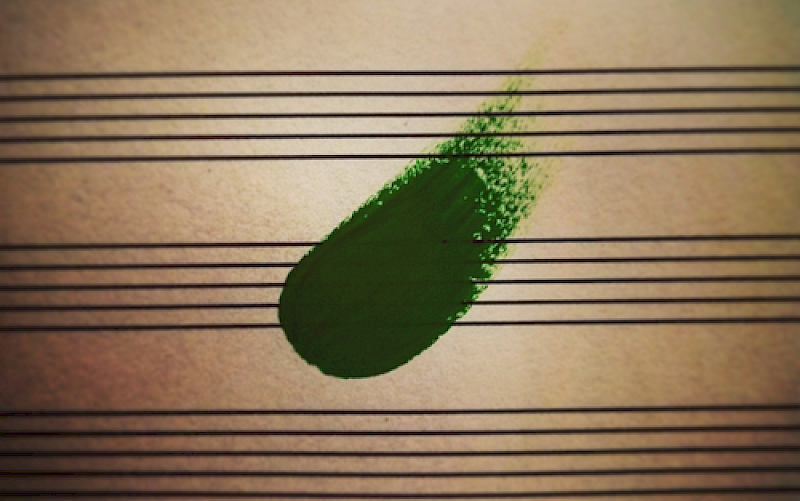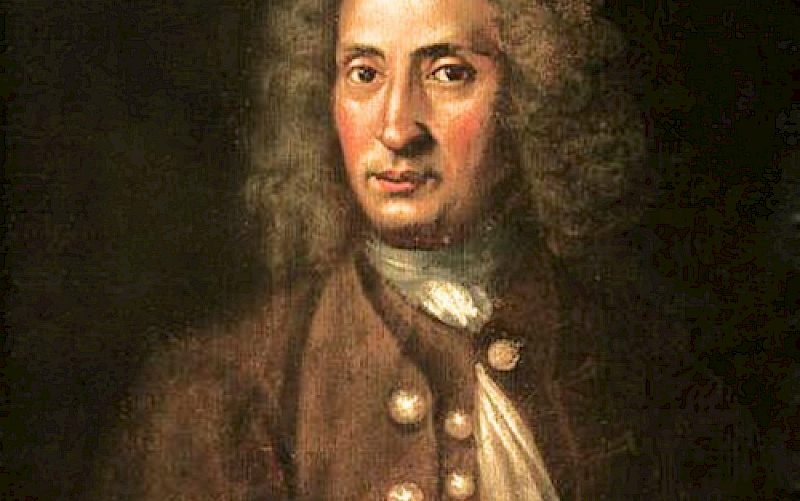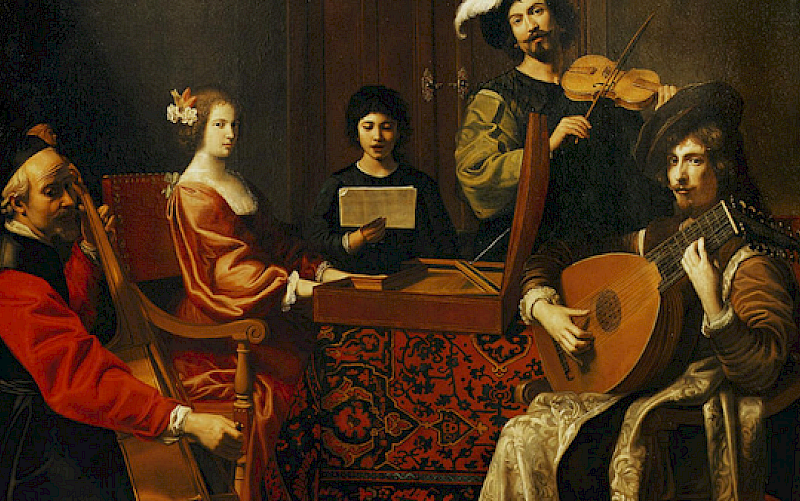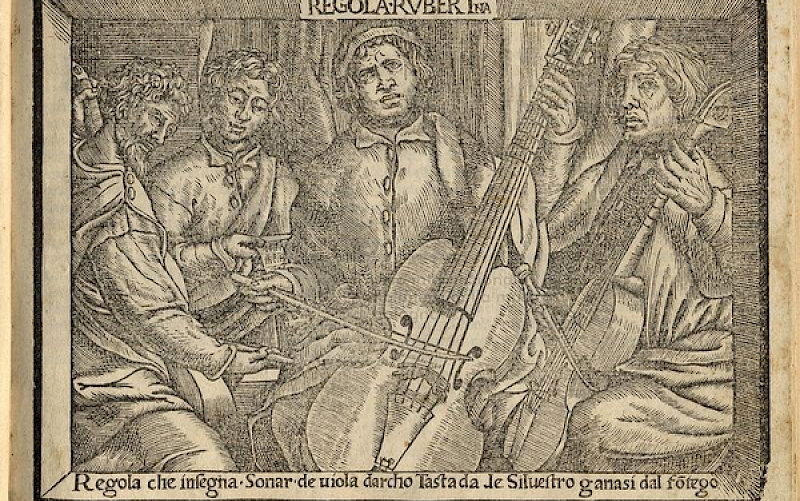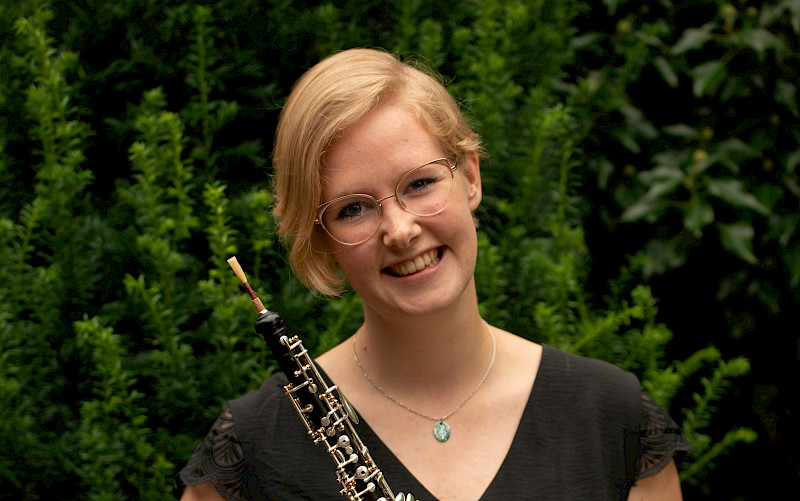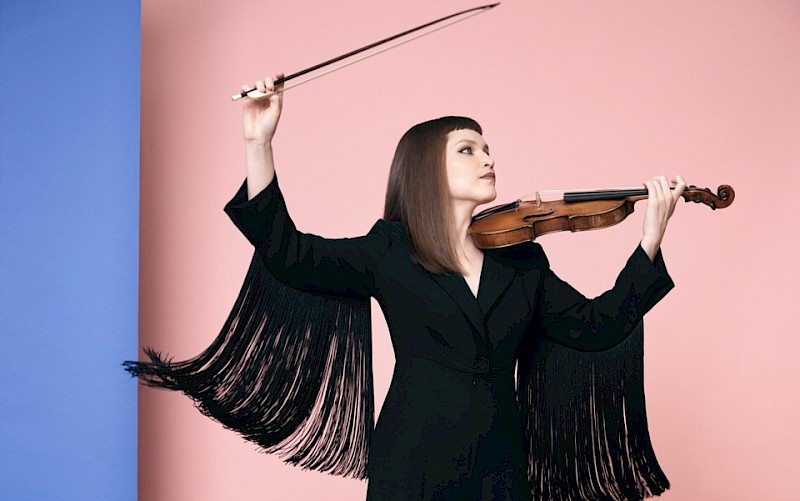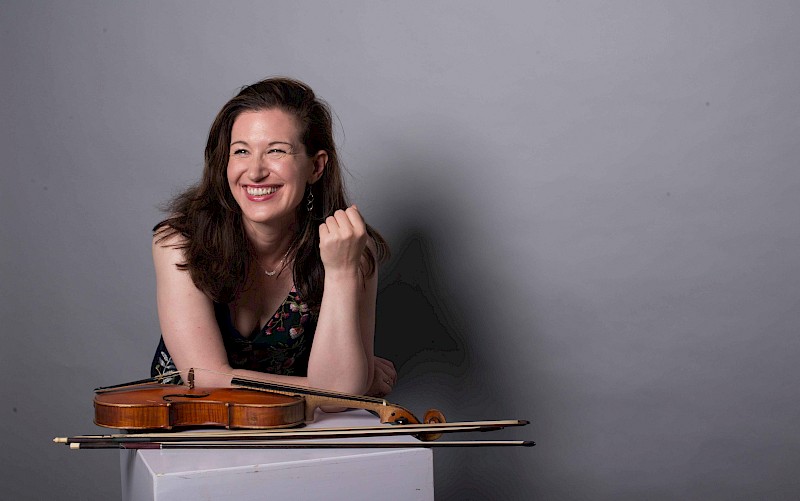The success of a symphonic transcription
Name: Johan Smeulders Main Subject: Wind Orchestra Conducting (HaFaBra) Research Supervisor: Suzan Overmeer Title of Research: The success of a symphonic transcription Research Question: What makes a symphonic transcription (for Concert band, Fanfare and Brass band) of one of the Great Masters from the 19th century successful? Summary of Results: The success of a chosen key in a symphonic transcription depends on several thoughts from arrangers and composers. It is possible to choose any kind of key for a symphonic transcription but the choice always has consequences. For example, the chosen key has consequences for the amount of sharps and flats in the individual parts for the different instruments. Another very important consequence, while a different key is chosen, is the choice for the solo parts in a transcription. Every instrument has its limitations within a chosen key because of the “limited” register for a particular solo instrument. The hard part in my research is the question: “What is success”? And how is it possible to define “success”? When a different key, another key than what is written in the original composition is chosen, some people will say the “colour” of the composition has also changed. Some people say they can feel and hear it but as we all know a lot of thoughts in music are subjective. So how can we define its success when a lot of things are subjective? What is good, better or wrong? Luckily, I have found some measurable facts to define the success of a symphonic transcription. My main conclusion, at this moment, is that the success of a symphonic transcription is based on several choices. First you will need to choose a key for the transcription that fits the ensemble in a natural way. When this key is chosen with knowledge about the limitations of the ensemble the transcription has to be instrumented in a high level of craftsmanship. Biography: Johan Smeulders finished his first Bachelor degree in 2011 as a euphonium player at the Fontys Conservatoire in Tilburg. He finished his Bachelor degree of Conducting arts studying at the Royal Conservatoire in The Hague in 2015. He is the principal conductor of two fanfare bands and two concert bands in the south of the Netherlands. He also works as an arranger and as a professional euphonium player.
Author: Johan Smeulders
